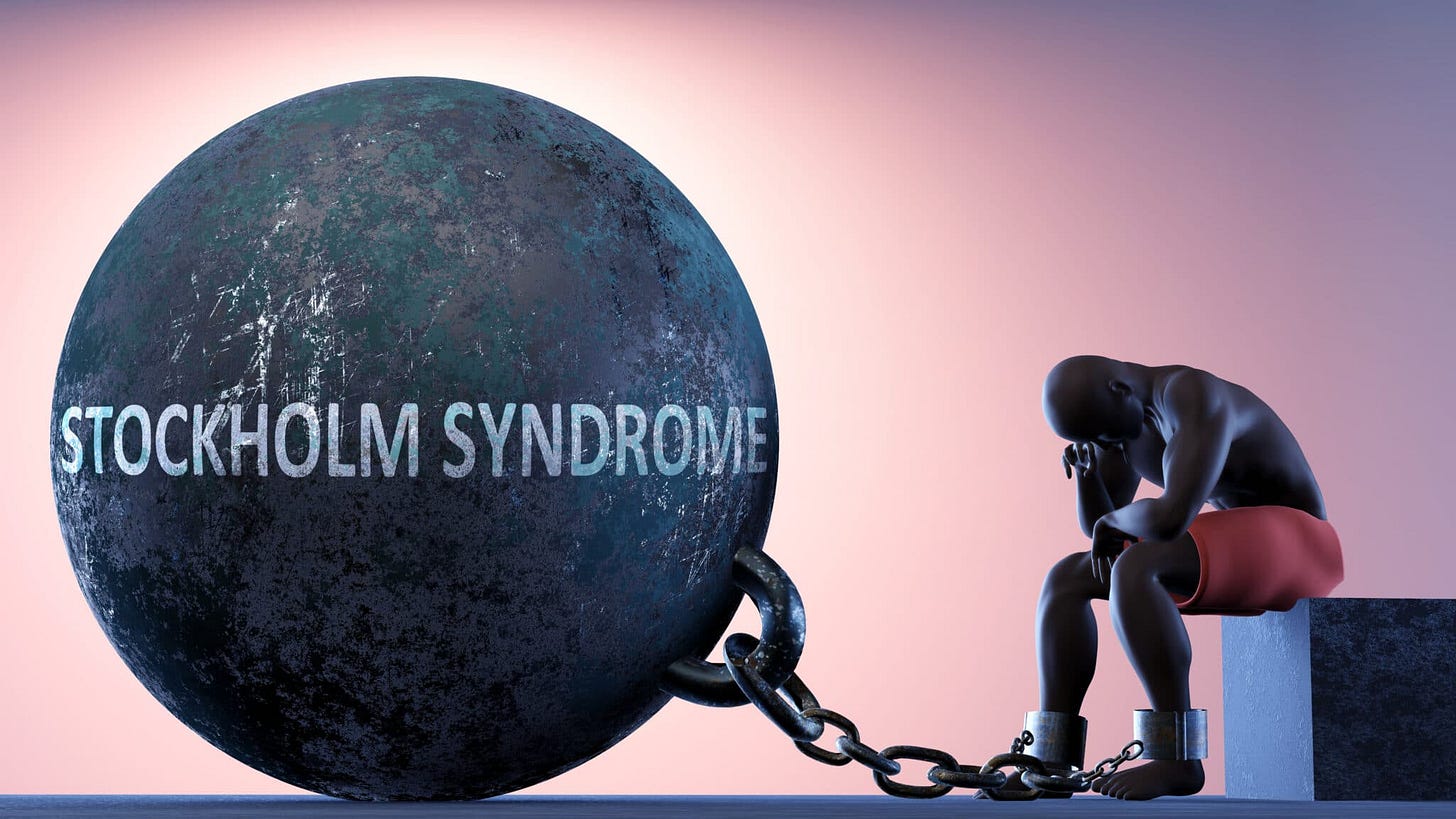From Freedom to Compliance: Are We Repeating Soviet History at the Hands of Big Tech?

Apr 25, 2025

After being subjected for years to abusive censorship by YouTube, Facebook, Twitter, and others, I have come to realize something deeply troubling:
We are beginning to normalize this behavior and collectively develop symptoms of Stockholm Syndrome.
Even so-called “free speech” platforms are implementing questionable practices, where favored individuals are propped up while others are quietly suppressed.
For example, on X (formerly Twitter), establishment accounts reach millions with ease, while once-organically popular voices are quietly buried—trapped inside algorithms of silence that erase their historical reach.
Substack, a platform once praised for neutrality, is also beginning to show cracks. Establishment figures have entered the platform boasting hundreds of thousands of “subscribers” overnight—despite these numbers being impossible without institutional sponsorship or artificial manipulation, thus violating the spirit (and arguably the rules) of the platform.
This slow drift (or overnight in the case of Google/Youtube) toward manipulation leads me to a disturbing conclusion:
We are all being thrust into a psychological dynamic similar to Stockholm Syndrome.
What is Stockholm Syndrome?
Stockholm Syndrome is a psychological phenomenon where hostages or victims develop positive feelings, loyalty, or even affection toward their captors or abusers—sometimes even defending them.
At first glance, it seems irrational.
But it is actually a coping mechanism for extreme stress and powerlessness.
When someone is trapped, harmed, and dependent on those controlling them, the mind will reframe the situation to survive. By bonding with the captor, the victim reduces the perceived threat, builds hope for mercy, and creates a sense of emotional safety—even if the safety is entirely false.
Key Characteristics of Stockholm Syndrome:
- Emotional bonding with the abuser or captor
- Rationalizing or defending the abuser’s actions
- Distrust or fear of rescuers or outsiders offering real freedom
- Deep dependence on the abuser for survival or legitimacy
- Feeling gratitude for small acts of mercy (“they could have hurt me more, but didn’t”)
How Stockholm Syndrome Conforms to Our Situation — and Its Effects on Society
Today, many creators, journalists, and independent thinkers—having endured years of censorship, deplatforming, and economic punishment—find themselves emotionally and financially dependent on the very platforms that suppress them.
They rationalize censorship:
“It’s just business.“
“They have to protect their platform.”
“Maybe if I adjust my message slightly, they’ll let me stay.“
“I don’t care. It’s not affecting me“
They defend Big Tech even when their freedoms are clearly violated, and they show gratitude for small mercies—such as having a single post restored, or getting slight algorithmic boosts after months of suppression.
At the same time, they distrust true alternatives:
New platforms that promise genuine free speech are treated with skepticism or dismissed as “fringe,” even when they offer what these individuals claim to want.
This mass psychological shift has profound consequences for society:
- Freedom of speech is eroded internally long before it’s taken externally.
- Self-censorship becomes normalized, not just strategic.
- The spirit of rebellion against injustice is weakened.
- Corrupt institutions gain psychological control, not merely technical control.
- Society shifts from seeking freedom to seeking permission.
Many consumers of media assume censorship isn’t their concern because they haven’t been personally targeted—yet. But every time a voice is silenced, the boundaries of free expression quietly shrink for everyone.
The illusion of safety is temporary; once the precedent is set, no one’s voice is truly secure. Ignoring the erosion of free speech today guarantees fewer rights for all tomorrow.
History has shown us this pattern before.
During the Soviet era, Pravda, the state-controlled newspaper, became the sole arbiter of “truth.” Citizens knew much of what was reported was propaganda, yet they publicly accepted and even parroted it—because survival demanded conformity. Speaking freely meant risking exile, imprisonment, or worse. Over time, even those who privately doubted the regime internalized the propaganda, blurring the lines between what was real and what was safe to believe.
Today, Big Tech monopolies are playing a similar role. They act not just as gatekeepers of information, but as engineers of thought and loyalty.
The tactics are different—algorithms instead of gulags—but the psychological outcome is alarmingly familiar.
In the end, Stockholm Syndrome in the digital age is not just an individual affliction—it is becoming a societal disease.
A disease that turns once-free people into obedient captives inside systems designed to control information, thought, and dissent.
If we don’t recognize this dynamic—and fight against it boldly—we risk losing not just freedom of speech, but the will to even want it.